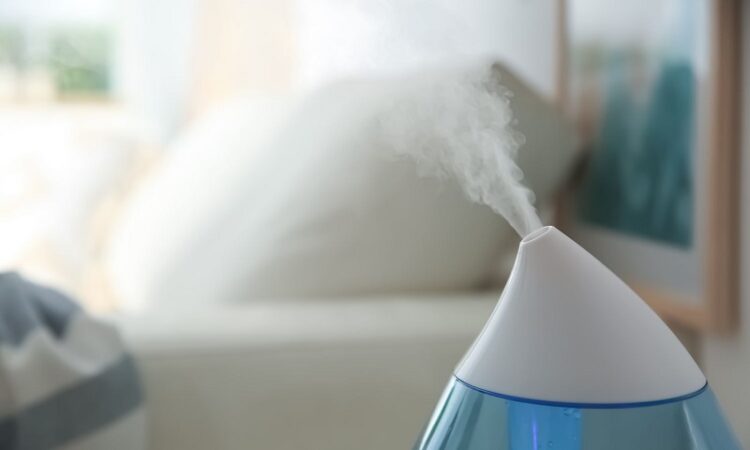
Selecting the right humidifier involves considering several factors to ensure effective operation and prevent mold or bacteria proliferation. Opt for models with features like UV light sanitization or antimicrobial tanks, which actively inhibit microbial growth. Regular cleaning is paramount; empty and thoroughly clean the humidifier every 1-3 days, following the manufacturer’s instructions, to remove mineral buildup and potential contaminants. Distilled or demineralized water is preferable over tap water, as it contains fewer minerals that can contribute to scale and microbial growth. Maintaining humidity levels between 30-50% is ideal; excessive humidity promotes mold growth throughout the home. By carefully choosing and diligently maintaining your humidifier, you can enjoy its benefits without compromising air quality.
Understanding Humidifier Types and Their Risks
Different types of humidifiers, including cool mist, warm mist, and ultrasonic models, have varying levels of susceptibility to mold. Cool mist humidifiers, particularly evaporative models, use a wick filter to absorb water and release moisture into the air. These filters can easily harbor mold and bacteria if not regularly cleaned or replaced. Ultrasonic humidifiers, while filterless, can disperse minerals and impurities from the water into the air, potentially contributing to mold growth on surfaces. Warm mist humidifiers, which boil water to create steam, are generally less prone to mold growth due to the high temperatures involved.
Essential Features for Mold Prevention
When selecting a humidifier, prioritize models with features designed to inhibit mold growth. Look for humidifiers with antimicrobial components in the water tank and other key areas. These components, often infused with silver or other antimicrobial agents, help prevent the proliferation of mold and bacteria. Consider humidifiers with easy-to-clean designs, featuring removable tanks and parts that can be easily accessed and sanitized. Some models even have UV-C light technology, which kills bacteria and viruses in the water tank, further reducing the risk of mold contamination.
Maintenance is Paramount: Cleaning and Water Choices
Maintaining a mold-free humidifier that doesn’t mold requires consistent effort, regardless of the type you own. At least once a week, completely empty the humidifier and meticulously clean it. A solution of white vinegar and water is effective for disinfecting; ensure you rinse all components thoroughly afterward. Allow each part to air dry completely before reassembling the unit. Consistent filter replacements are also crucial, so adhere to the manufacturer’s recommended schedule.
The water source significantly impacts mold growth. Tap water’s minerals and impurities foster mold and mineral buildup within the humidifier. Opting for distilled or demineralized water drastically minimizes these risks, prolonging the humidifier’s lifespan and ensuring cleaner air. By integrating these simple yet vital maintenance practices, you can enjoy the benefits of a humidifier without compromising your health.
Smart Choices for a Healthier Home Environment
By understanding the different types of humidifiers, prioritizing models with antimicrobial features and easy-to-clean designs, and diligently maintaining your humidifier with regular cleaning and the use of distilled water, you can enjoy the benefits of increased humidity without the risk of mold contamination. Choosing wisely and following proper maintenance practices ensures a healthier and more comfortable home environment.




